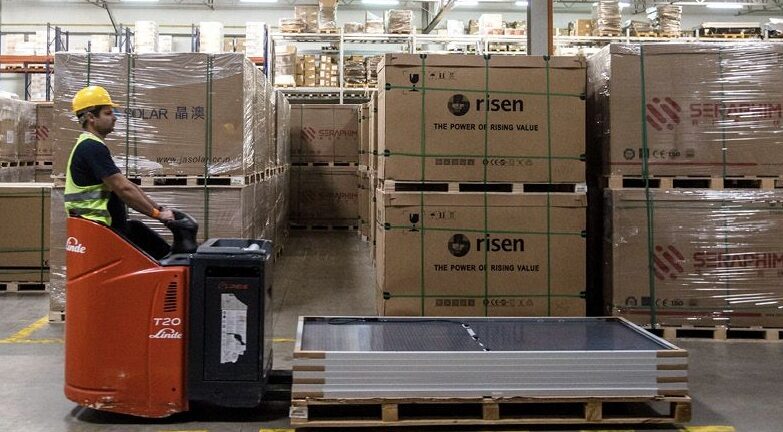Researchers in Switzerland have investigated the impact behavior of iceballs on an aluminum Hopkinson bar with different speeds, diameter and temperature.
Researchers from the University of Applied Sciences and Arts of Southern Switzerland have performed a series of tests to assess the impact of sunballs on solar modules with the aim of improving the standards for measuring their Hailstone security resistance.
In the newspaper “An experimental study into the behavior of the iceball effect to improve the PV panel hailstone safetyPublished in the International Journal of Impact EngineeringThey explained that their analysis cThis allows the natural hailstones to have diameters from 5 mm to 100 mm, with final speeds that reach between 10 m/s and 50 m/s.
They also took into account the speeds and temperatures of different ice balls using a modified version of the Split Hopkinson print beam (SHPB), which is usually used for Testing the dynamic stress retrisponse of materials. Spherical ice sparks with diameters from 25 mm to 90 mm were prepared. A gas pistol was used to reach theoretical speeds of 25, 50, 75 and 100 m/s. Four different ice temperatures were tested -4 C, -10 C, -20 C and -28 C.
“In total, three setups were used to measure the loading time gaamenis signals of iceball impact,” the scientists emphasized. “The first consists of an aluminum rod, a diameter of 30 mm and 1.5 m long, while the second and thirds consist of a 3 m long aluminum rod, 30 mm and 60 mm in diameter. The longer setups were used to increase the pulse recording time, avoiding the overlapping gave -gave -gave -gave -gave -gave -gave -gave -gave -gave -gave -gave -gave -gave -gave -gave -gave -gave -gave -gave -gave -gave -gave -gave -gave -gave -gave -gave -gave -gave -gave -gave -gave -gave -gave -gave -Gaves and Bigggesballen
Image: University of Applied Sciences and Arts of Southern Switzerland, International Journal of Impact Engineering, CC by 4.0
The research group carried out more than 100 tests with different diameters, speeds and temperatures, whereby impact tests were performed at 45 ° to investigate the influence of the impact angle. The analysis of the results of the tests showed that the size, impact speed, temperature and collision angle of the ice balls have a “significant” influence on the impulse measurement, with increasing size and impact speed directly related to increasing peak power and the corresponding time.
“When the temperature is lower, the peak power is higher and the peak time is shorter. When collision angles were varied, the maximum load (peak) was influenced by the impact angle, but not the moment at which it took place,” the academics explained. “A refined analysis, which includes both dynamic effects, such as tensile strength under dynamic conditions and impact angle effects, reveals a consistent trend, which emphasizes that results of tests over multiple impact angles can now be accurately displayed within the linear (log -toog) graphs, which emphasize the reliability of the trend.
The researchers concluded that the dynamic and static characterization of the proposed tests is very difficult to achieve and emphasizes that any variation in the test setup can lead to different results. “To replicate the effect on the panels or to get a more complete understanding of the problem, it is necessary to investigate the impact on less rigid surfaces,” they added.
Looking ahead, the research group is planning to compare the loading time district signals that are generated by iceball effects on a rigid aluminum rod with those observed on PV modules equipped with tribal sensors on your rear.
This content is protected by copyright and may not be reused. If you want to work with us and reuse part of our content, please contact: editors@pv-magazine.com.
Popular content



